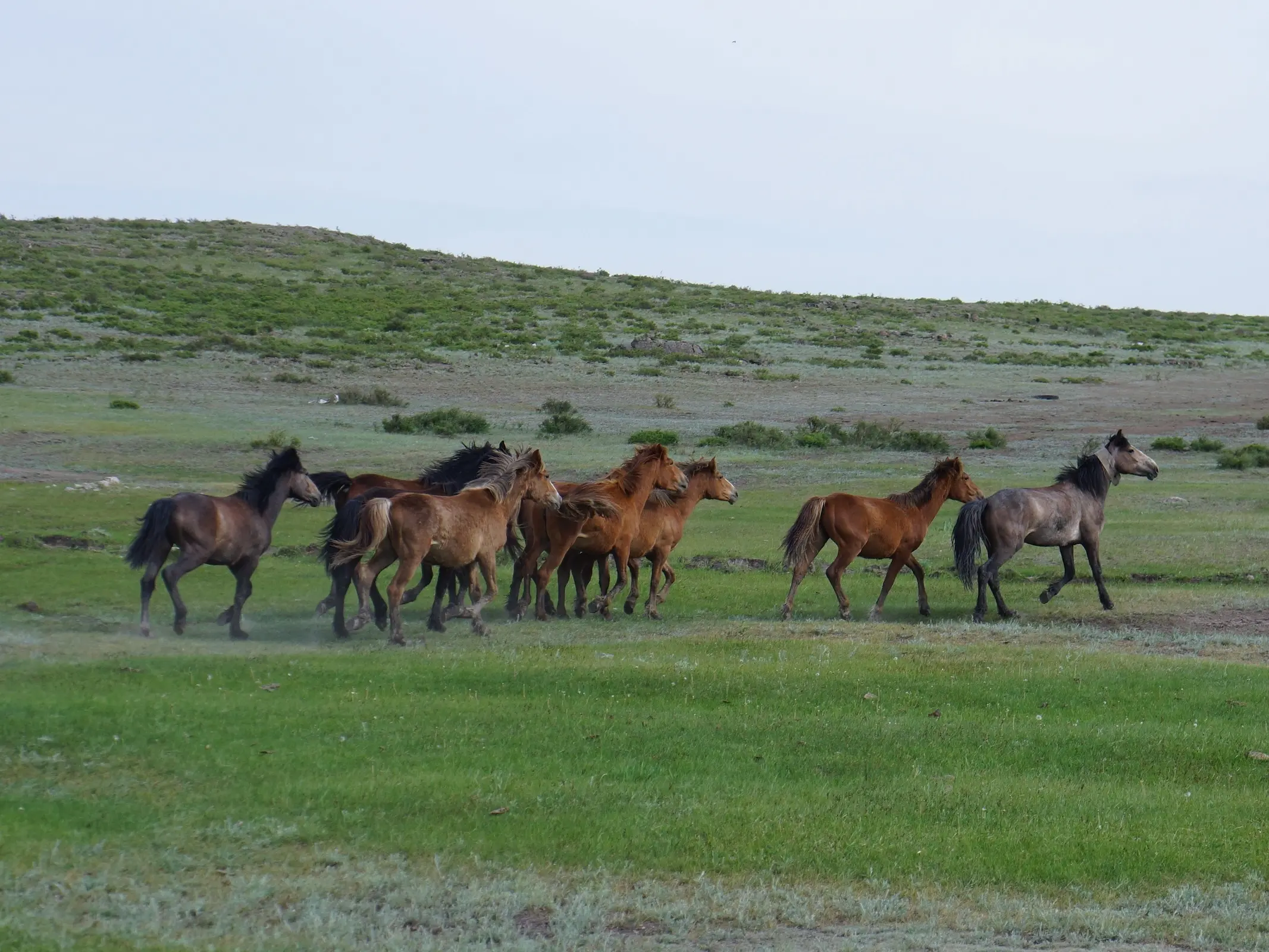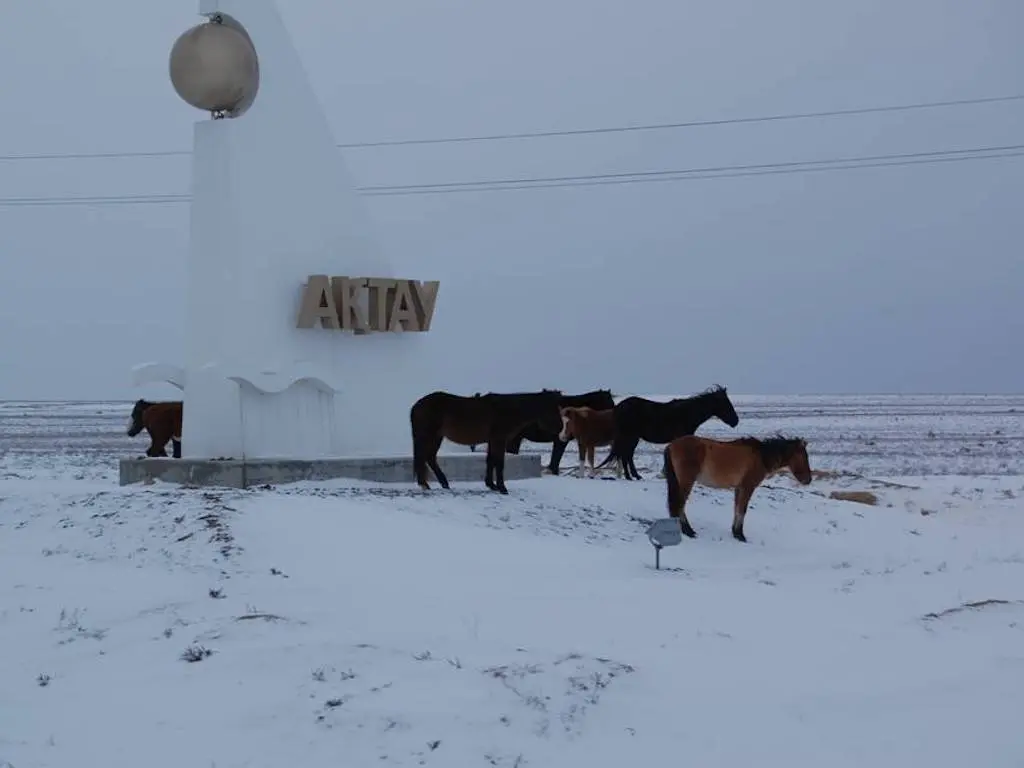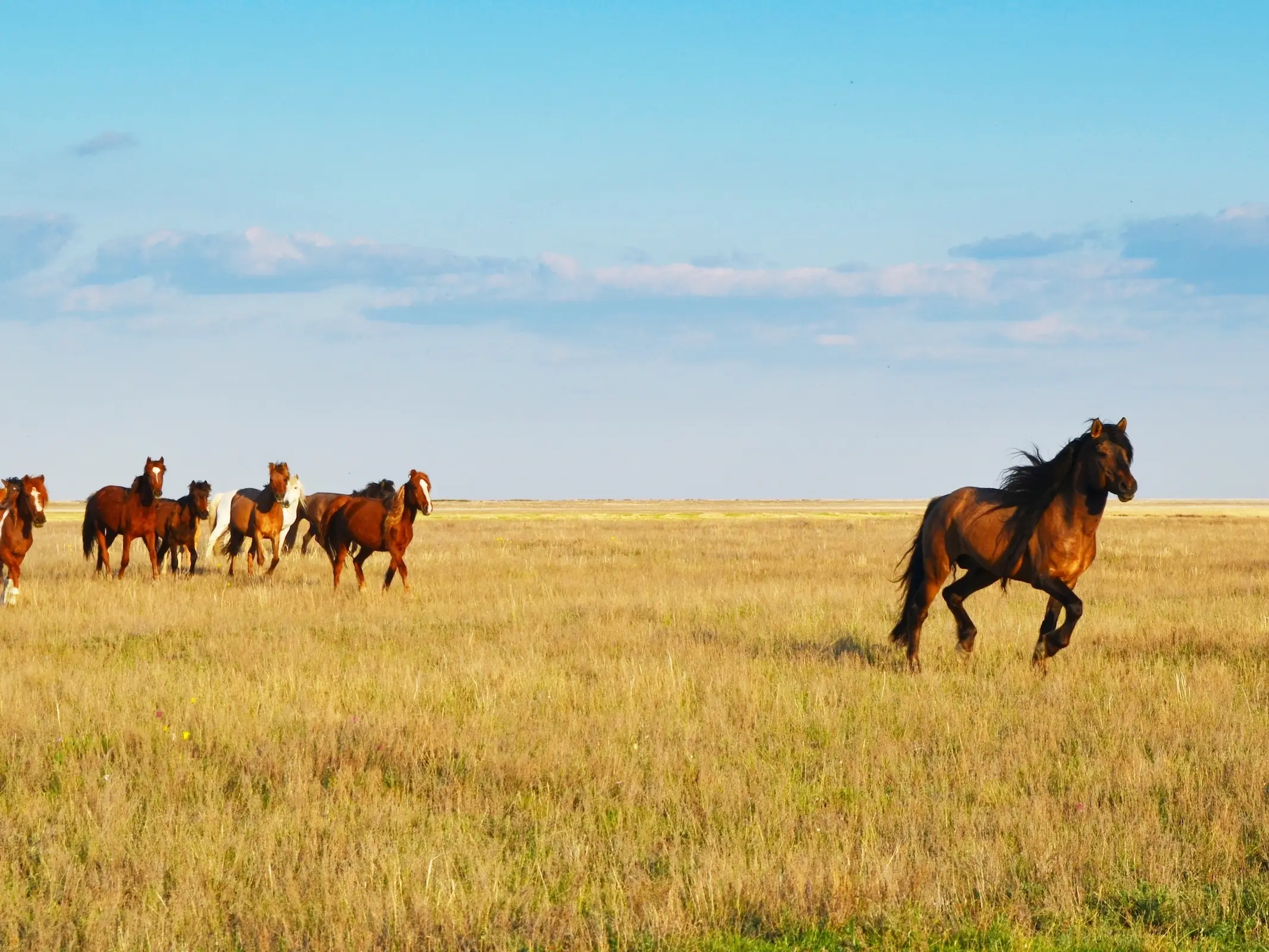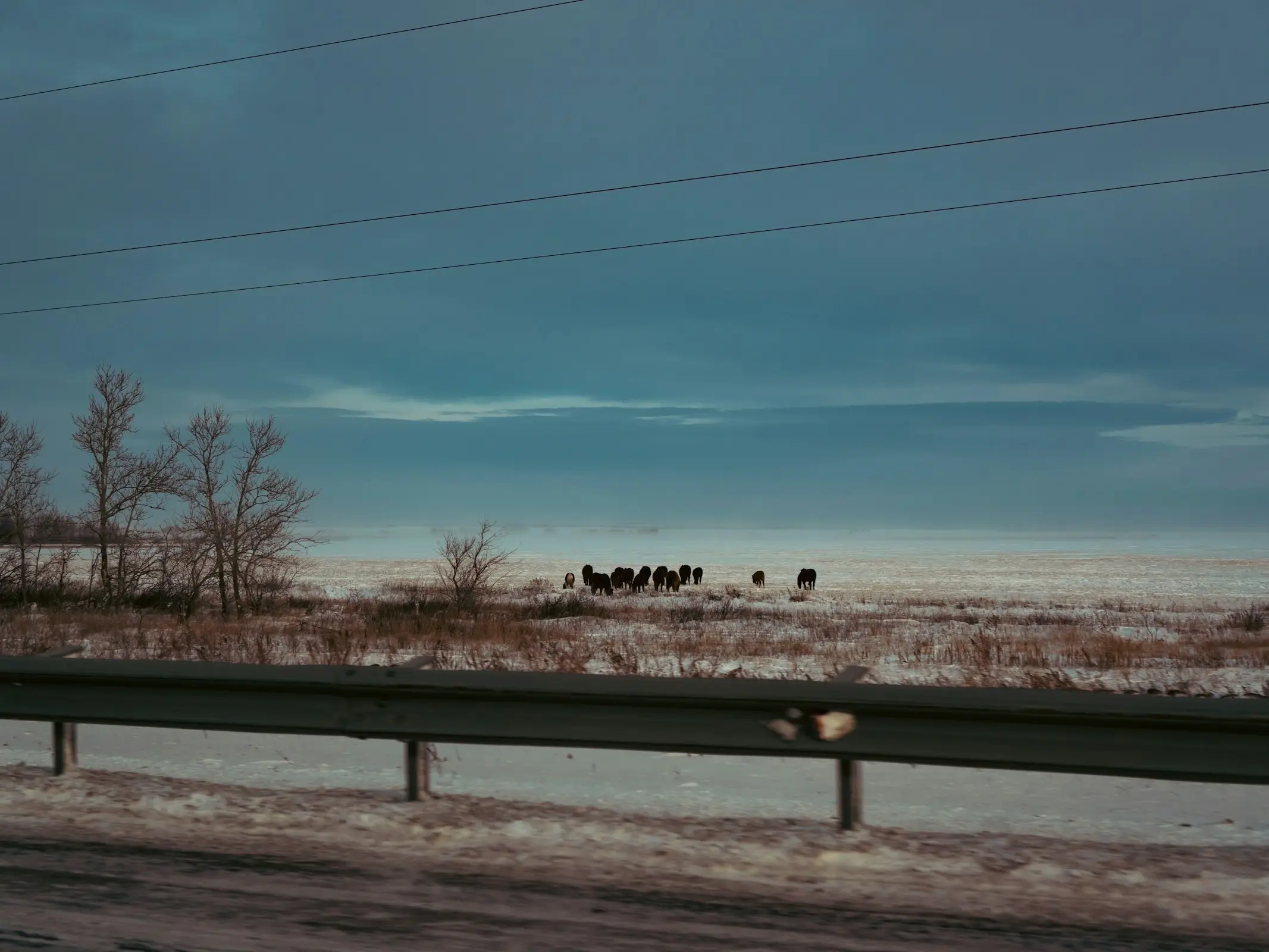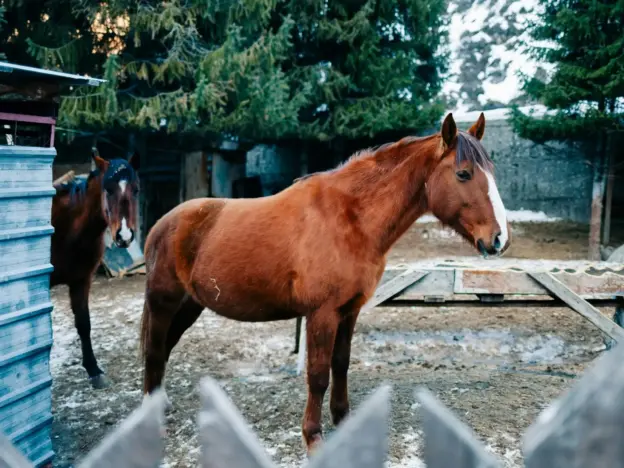Intro
The Adaev (short for Aedaevskaya) comes from the Caspian Depression and is found within the Kazakh type, which dates all the way back to the 5th century B.C.
Origins
These ancient origins led to a long relationship with mankind and the Adaev have been bred for a variety of needs. Their stock is old and solid, making it a good candidate for enhancing other breeds, including the Jabe (another Kazakh breed).
The Modern Adaev
In the 1980’s the breed was revived due to increased interest in preserving the bloodlines. Breeders gathered thousands of animals in an attempt at preservation. Once numbers had grown, the focus changed to improving breed stock by making it larger and more robust. This led to dilution of the original Kazakh blood with a mix of Don, Thoroughbred and Orlov Trotter blood for refinement.
The resulting animal was lighter in stature, but not nearly as well suited for the harsh environment as other Kazakh horses. No longer a rare breed, the modern Adaev is meticulously managed and meets demand as a producer of milk. However, considering their ancient lineage, a pure Adaev is very rare today.
Features
Average height 13 – 14.1 hands
There are three types of Adaev
1. Massive – The most important type and the most aggressively bred. Well-proportioned with a massive frame.
2. Medium – Smaller, these animals have Don or Trotter influence and are robust riding horses.
3. Light – Specifically saddle horses with easy gaits and noble appearance. Often influenced by Alkal-Teke blood.
Physique
Massive
Large clean head, often Roman-nosed
High set, medium-length neck
Legs clean with well defined joints
Medium & Light
Light head with long neck
Well-defined withers and straight back
Traditional Colors
All colors
Temperament
Bred to be a working saddle horse
Retains influence of high energy bloodlines
Use
Herding animals
Riding Horses
Work horses
Meat production
Production of mares milk for koumiss
More Images
